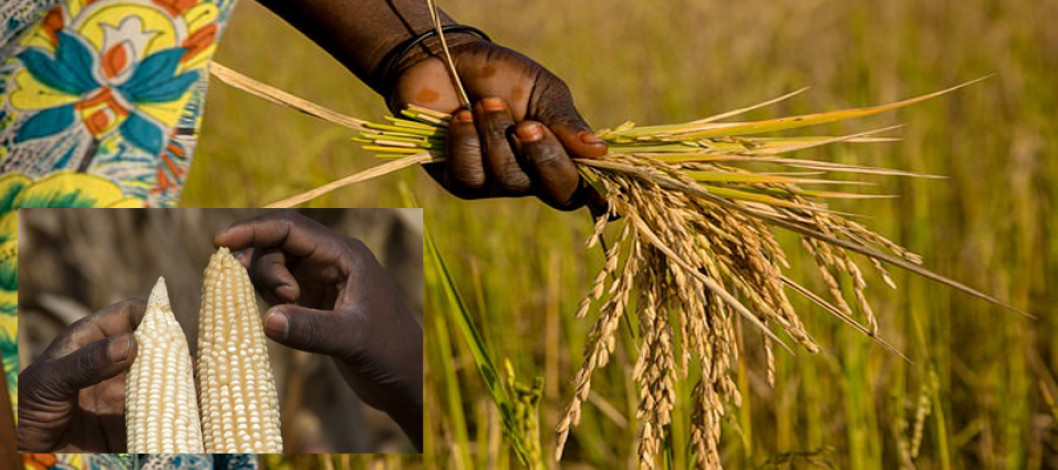
Photo: Collected
Malnutrition is a complex topic and encompasses a plethora of aspects. Undernutrition is one of them and occurs when the human body goes through deficiencies in energy, protein, and vitamins. Despite being less conspicuous than hunger in its traditional sense, micronutrient deficiency, also known as hidden hunger, occurs when the intake of vitamins and minerals is too low to sustain good health and development in children (IPFRI, 2014). Hidden hunger hinders the natural physical and mental functions in adults, by leading to physical and mental impairment, chronic diseases, and low productivity (ibid). Beyond that, hidden hunger also exerts influence on the socioeconomic development of a region or community over the next generations, also known as the hunger trap (World Food Program, 2002).
In 2018, approximately 32% of children under the age of five in Tanzania were reported to experience stunted growth. Moreover, due to iron deficiency, over 50% of pregnant women are anemic, which is a major risk factor for maternal mortality (USAID, 2021). While Tanzania has made striking progress in several health indicators, this datum underscores the ongoing need to improve the situation. Recognizing the importance of food security, the government of Tanzania has developed the National Multisector Nutrition Action Plan. This guide aims to address all forms of malnutrition while prioritizing agriculture, which remains the cornerstone of livelihoods in the nation (Republic of Tanzania, 2021). Parallelly, the Food and Agriculture Organization regards rice as a priority and strategic crop for food security in the world, as it is the principal staple food for more than 50% of the world’s population (FAO). As Tanzania’s population growth keeps increasing, so does the demand for nutritious, sustainable and climate-resilient food systems.
Maize and rice are the leading crops in Tanzania, promising avenues for alleviating hidden hunger. Conscious of its potential, the APNI and Sokoine University of Agriculture have launched a project focused on fighting hidden hunger through micro-nutrient fertilization in maize and rice in Tanzania. Building upon previous research demonstrating the efficacy of zinc and iron supplementation in enhancing rice yields and quality, this project aims to optimize micro-nutrient fertilization strategies to increase agricultural productivity and address hidden hunger effectively (Rao et al., 2019). Macronutrients (nitrogen, phosphorus, and potassium) are vital. However, other micronutrients such as zinc and iron remain crucial for optimal yield quality.
The initiative begins with an analysis of soil and grains to determine the micronutrient status in the Morogoro region in Tanzania. Effective methods will then be developed to add these nutrients to the soil, promoting healthier crops and better-quality grains. These methods focus on the fertilizer rate, method, and frequency of application. Additionally, the project explores the effect of microbial inoculants aiming to aid in nutrient absorption by plants to provide optimal results. Alongside these efforts, training will be provided to local farmers and workers, equipping them with the knowledge and skills needed for sustainable agricultural practices. Collaboration and knowledge sharing are prioritized to ensure lasting benefits for the community and the environment.
In conclusion, this project endeavors to address hidden hunger through micro-nutrient fertilization in maize and rice cultivation in Tanzania is a pivotal response to the complex issue of malnutrition. By acknowledging the significance of micronutrients in sustaining health and well-being, particularly in vulnerable populations, this project demonstrates a commitment to comprehensive solutions. Through partnerships between research institutions and agricultural stakeholders, this initiative aims to optimize fertilization strategies and enhance nutrient absorption in crops. Moreover, by prioritizing community engagement and knowledge sharing, the project seeks to empower local farmers with the tools and techniques needed for sustainable agriculture. Ultimately, this holistic approach not only aims to alleviate hidden hunger but also holds the potential to transform agricultural practices and improve livelihoods in Tanzania for generations to come.
Source: Online/GFMM
Comment Now